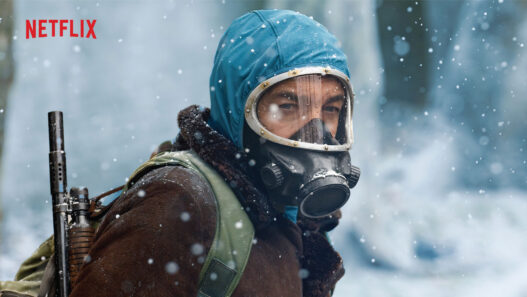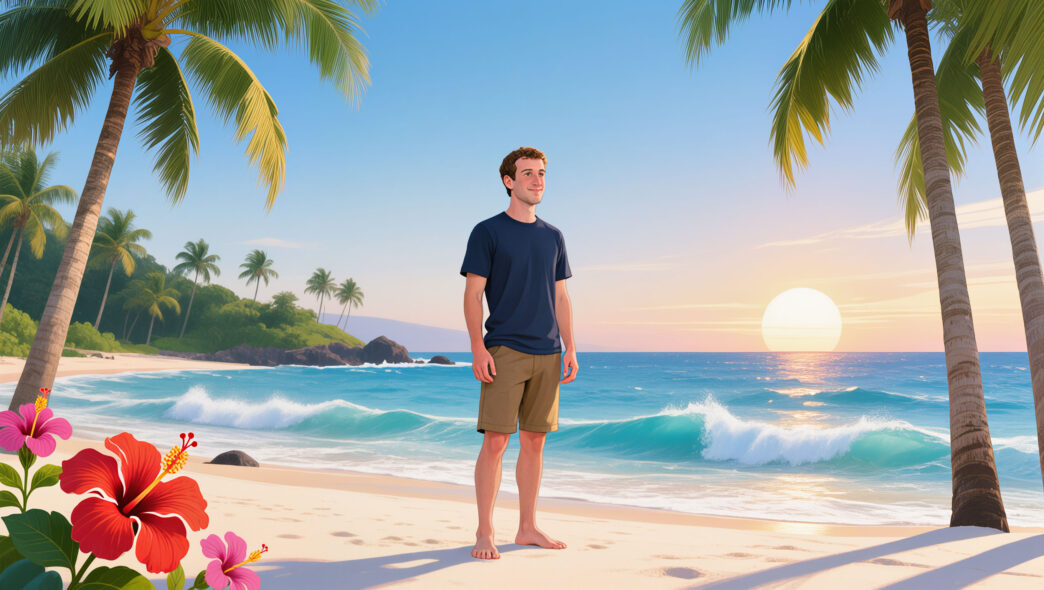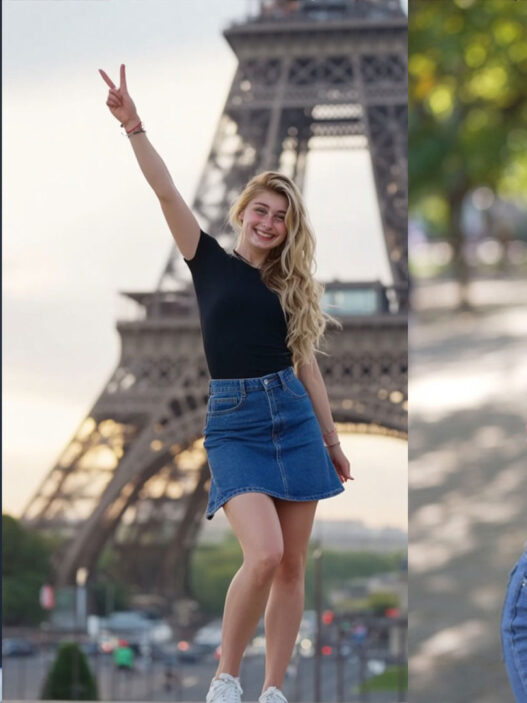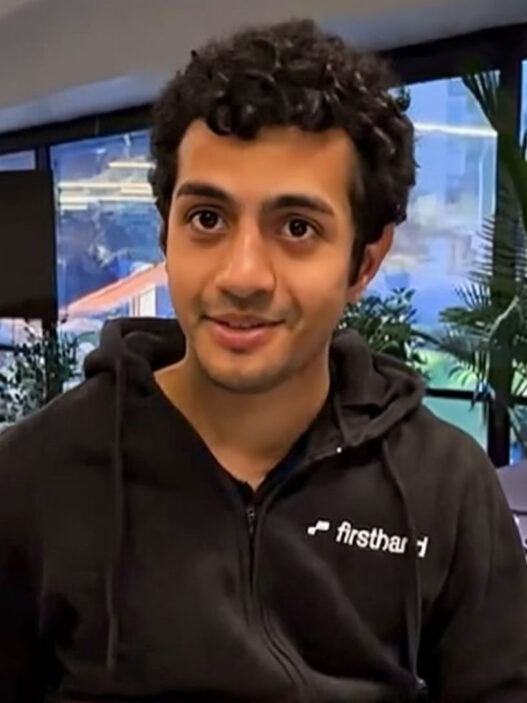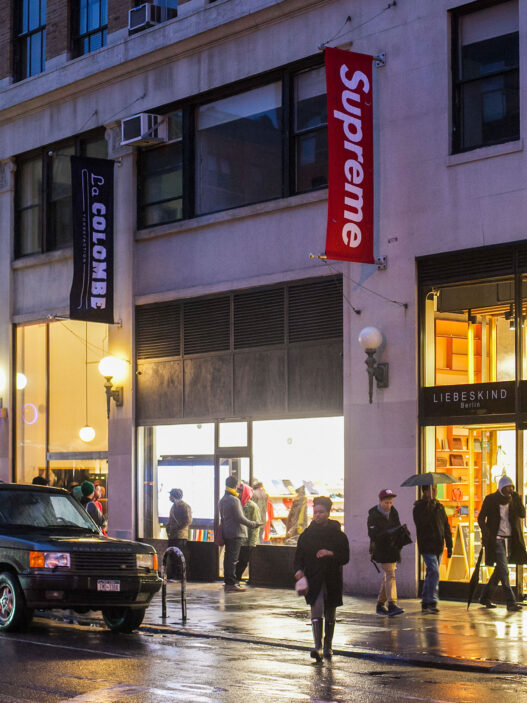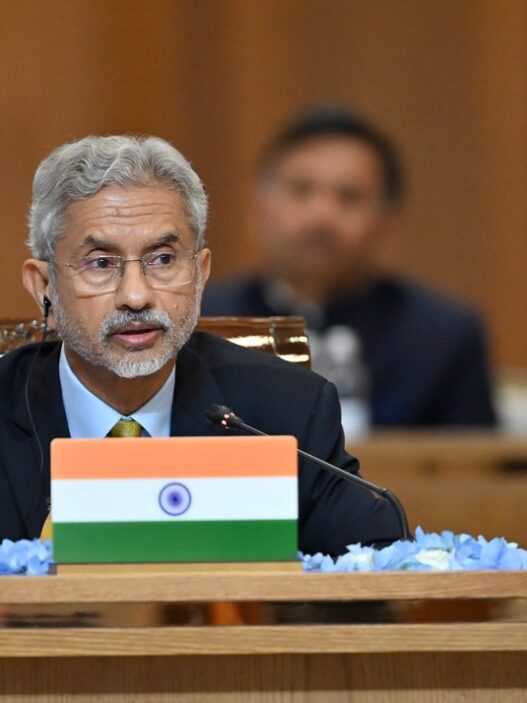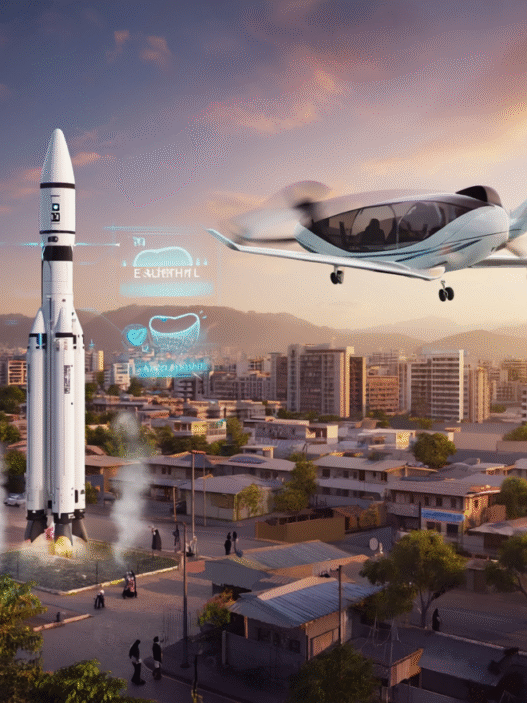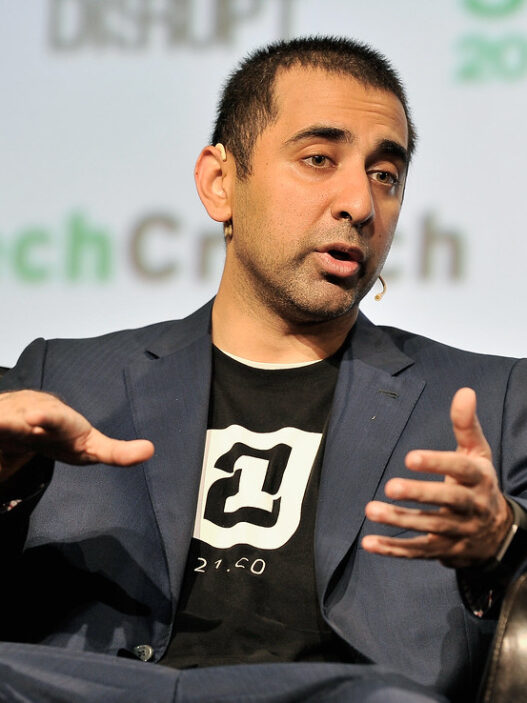On Kauai’s lush north shore, Mark Zuckerberg’s rural retreat is quietly sprawling. Behind an unassuming stone gate marked “7800” lies Ko‘olau Ranch, now roughly 2,300 acres of pasture and forest—land acquired in a series of multi-million-dollar purchases since 2014. By comparison, the famous Parker Ranch on Hawaii’s Big Island spans ~130,000 acres. In just over a decade, the Facebook co-founder quietly assembled roughly 700 acres in 2014 (for about $100M) and another 600+ acres in 2021, then added a 962‑acre parcel in 2025 for $65M. Together, these deals have made Zuckerberg “one of the biggest landowners in Hawaii,” according to Honolulu Civil Beat. Some on social media even dubbed him “America’s biggest private landowner under 40,” reflecting how unusual it is for someone so young to hold so much acreage.
Despite its size, the estate appears modest from the outside. A narrow road opens onto a simple wooden gate and stone wall. Passersby on the highway notice little beyond cattle grazing or freshly planted ginger and turmeric fields. “Most of the ranch is conservation and agriculture,” a Zuckerberg spokesperson told Hawaii News Now, noting cattle ranching, organic farming, and native-plant restoration as primary land uses. They even scrapped an earlier plan for 80 luxury homes that the previous owner had envisioned. Less than 1% of the property is developed, the spokesperson added. By design, Ko‘olau feels more like a preserved watershed or corporate campus than a conventional mega-estate.
Yet rumors paint a very different picture. On Kauai’s tight-knit “coconut wireless,” stories abound of a doomsday bunker, armed guards, and even sniper towers. Seated at the main gate or at a local diner, longtime residents exchange whispers: workers are said to be under brutal NDA enforcement, cameras peer from treetops, and any stray mobile phone is instantly confiscated. One former contractor told Wired that the project is so secretive “it’s fight club. We don’t talk about fight club,” meaning workers are forbidden to speak about the build. Several crews quietly reported that colleagues who dared share photos on social media were abruptly fired.
Local folklore credits Zuckerberg’s site with nearly every paranoid defense feature. The truth is almost as bizarre. According to planning documents and interviews reviewed by Wired, the compound is a high-tech resort-bunker hybrid. At its core are two massive main houses – together about 57,000 square feet – complete with elevators, conference rooms and an industrial-size kitchen. Twelve other buildings dot the property: guest houses, a gym with sauna and tennis court, offices, and even a cluster of 11 disk-shaped treehouses strung together by rope bridges. A subterranean tunnel links the houses to a 5,000 ft² storm shelter – not an “underground city,” but big enough for living space, generator room, even a laddered escape hatch. The shelter’s entrance is a solid metal blast-door set into earth – a classic bunker look – though Zuckerberg has downplayed it as “like a basement… sort of a little shelter,” rather than a doomsday bunker, as he told Bloomberg. In Wired’s words, the compound is an “opulent techno-Xanadu” – lavish and hi-tech, but built for isolation.
Self-sufficiency is a key theme. The site has its own infrastructure: a 55-foot-diameter water tank and pumping station to store rainwater, a solar array and battery fields off-grid, and extensive agriculture. On the ranch Zuckerberg raises Wagyu and Angus cattle, which he even feeds on-site macadamia nut “meal” and beer (a mix he described as “super dense” and intended to produce “the most delicious” beef) in a Joe Rogan Experience interview. Ginger and turmeric fields spread across the land. A native-plant nursery and collaboration with wildlife experts reflect a stated focus on conservation. In short, the estate is designed to run independently if needed – a built-in lifeboat.
Security at Ko‘olau Ranch is similarly extensive. Dozens of cameras capture every driveway and door. Even the house doors have hidden “blind” panels to deter break-ins. Keypad locks and motion sensors are specified throughout. Guards patrol the perimeter – a weather-beaten tower overlooking the adjacent Larsen’s Beach remains standing – though no one photographs them openly. A corrugated guard shack perched above the sand suggests why locals joke of sniper nests. Wired found evidence of at least a dozen armed staff, and one former contractor claimed a dozen Navy SEALs had been enlisted to stand watch in worst-case drills.
Behind all the secrecy lie thousands of public records and local testimony. Leaked planning permits show three new dormitory-style buildings of roughly 8,000–11,000 ft² each, with 16 bedrooms and 16 baths apiece, arranged around shared lanai decks. These “motel-like” structures, estimated to cost $3.5–4 million each, are labeled “short-term guest housing” for family, friends or staff – not personal mansions. They include high-end cameras, keypad locks and motion detectors on every entrance. All told, costs already top $270–300 million, including roughly $170M in land purchases and ~$100M in construction permits, according to Wired’s review of county filings. It’s “likely an underestimate,” one source told the magazine, given Kauai’s steep build costs.
Bunkers and Brace for Disaster
What is Zuckerberg really building at Ko‘olau? The word “bunker” took on a life of its own. In December 2023, Wired confirmed the underground shelter and fortress-like features. Zuckerberg’s own response, in an interview with Bloomberg, was to lean into comedy: he released an Instagram video playing a video game in what appears to be the shelter, calling it “just a little shelter” and joking about whether his wife caught him hiding in it. “I think it got blown out of proportion,” he said.
But the truth of his project still unsettles many. Privacy expert Danielle Citron of UC Irvine told Wired, “NDAs are like bubble wrap on every interaction.” In other words, obscurity itself is part of the operation. One local architect (speaking anonymously) joked that the property recalls medieval autocrats who killed their architects to protect secrets. Whatever the truth, Ko‘olau Ranch now towers in tech lore as a post-apocalypse insurance policy.
Zuckerberg isn’t alone in this mindset. Climate change, pandemics or global unrest have long worried Silicon Valley’s elite. In 2017, author Douglas Rushkoff told The Guardian how tech CEOs at a private conference fretted over “New Zealand or Alaska” as escape havens, bunker security details, and how to “survive with no outside help” after “the event” – their euphemism for societal collapse. They even debated how to pay guards if “crypto is worthless.” “For them, the future of technology is about only one thing: escape from the rest of us,” Rushkoff later wrote. In 2022, VICE News described tech billionaires asking Rushkoff how to test water purity, what types of bunkers to build, and which remote areas to buy.
Within Facebook’s own walls, this logic isn’t new. Meta funded research on disaster escape vehicles and even relocated its AI labs to avoid earthquake risk. But Ko‘olau Ranch is perhaps the most visible manifestation yet: an estate so private and well-armed it could shelter Zuckerberg and the Meta leadership through a major crisis. In public, he frames it innocently – a project for family privacy and sustainable ranching. As a Meta spokesperson told Bloomberg, “Mark and Priscilla value the time their family spends at Ko‘olau… preserving the ranch’s natural beauty.”
Local Voices and Native Rights
Yet for some Hawaiian residents, the spectacle is anything but reassuring. The compound overlays a tapestry of local history and sacred land. Months before Wired’s reports, cultural practitioner Julian Ako had already notified Zuckerberg’s team that his great-grandmother’s graves lay within the ranch. After a long negotiation, Zuckerberg’s company agreed to fence and officially register the burial plots, but Ako fears many other iwi kūpuna (ancestral remains) could lie hidden on surrounding acres. As of 2025, Hawaiian officials acknowledge a “high probability” that more unmarked burials exist on the property.
A key concern is that NDAs might conceal discoveries. “If all the workers have signed nondisclosure agreements, they’re basically sworn to silence,” Ako told Wired. “If they uncover iwi — or bones — it’s going to be a challenge for that to ever become public knowledge, because they’re putting their jobs in jeopardy.” Zuckerberg’s team maintains that county law requires workers to report any remains, but locals remain skeptical.
Other islanders focus on broader impacts. Some worry that Zuckerberg’s buying spree worsens Kauai’s housing crisis. “Native Hawaiians can’t afford to buy a house or live there anymore,” one local activist wrote on social media, blaming wealthy outsiders for driving up land values. Others see a silver lining: with Zuckerberg in control, 2,000 acres of ridge and valley will sit undeveloped rather than carved into subdivisions. As one Kauai elder told Hawaii News Now, he prefers one rich owner maintaining the acreage to hundreds of homes locals couldn’t afford.
Environmentalists also voice mixed views. On one hand, much of Ko‘olau Ranch is devoted to organic farming, tree-planting and endangered species protection – a far cry from a typical real estate development. Zuckerberg’s donations to local conservation groups and disaster relief (reportedly over $20M by 2025) earn praise. On the other hand, critics point to the irony of raising luxury beef in a state vulnerable to climate change. Scientists attribute 4% of global emissions to cattle methane. Some critics have even drawn contrasts with Bill Gates, who has invested heavily in plant-based meat alternatives.
Billionaires, Privacy and Ethics
Beyond Kauai, Ko‘olau Ranch is a vivid case study in the privacy-survivalist complex of modern tech oligarchs. “Wealthy people like Zuckerberg already live in bubble-wrapped environments – now they’re literally wrapping themselves in secrecy,” said privacy law expert Danielle Citron to Wired. “NDAs aren’t just paperwork here, they’re a security perimeter.”
Real estate analysts are also taking note. One local broker told Wired the cost of Ko‘olau Ranch roughly matches Kauai’s $311 million annual budget. “No private home in local history has been this big or expensive.” Normally, such secrecy and spending are reserved for military or government operations—not personal getaways.
Ethicists ask a harder question: is it legitimate for billionaires to build bunkers rather than help fix what they fear? “The billionaire prepper phenomenon reflects a loss of faith,” said Rushkoff. “These people used to sell us optimism about technology; now they only see it as a shield to flee the consequences they helped create.” In a 2022 talk, he added that tech elites now appear “absolutely incapable of creating a future in which everything’s gonna be OK,” and are instead preparing for collapse.
Whatever you believe, Ko‘olau Ranch is a statement. It’s extreme wealth turned inward. A fortress with solar panels, cattle, AI security, and a bunker. Some see a self-sufficient paradise. Others, a walled-off warning. Either way, Zuckerberg’s Hawaiian fortress tells us more about Silicon Valley’s future fears than any press release ever could.

